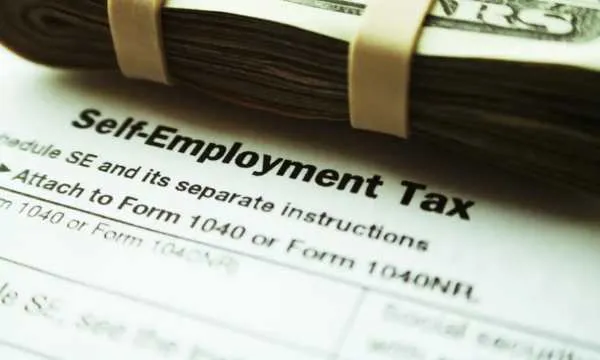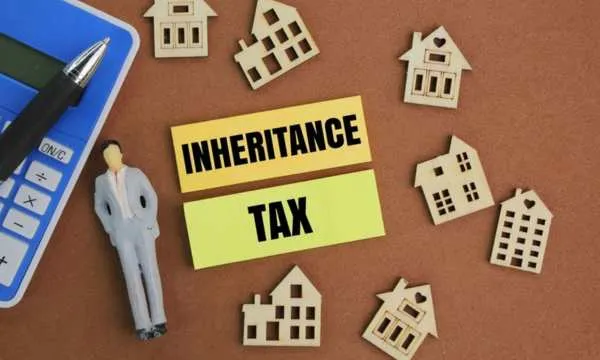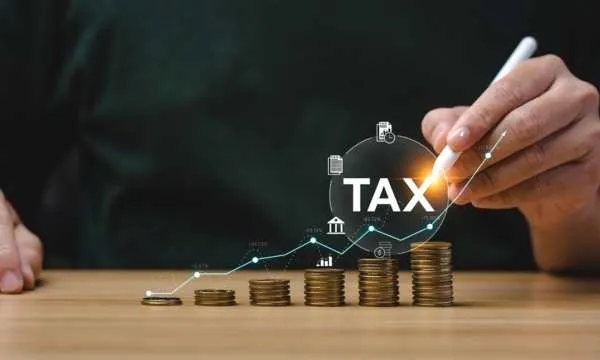Understanding sales tax is crucial for every online store from startups to fast growing brands, so start learning today!
ad
The rules evolve quickly in recent months, several jurisdictions adjusted how they tax small parcels, online platforms, and digital goods.
This guide explains key concepts, recent shifts, and practical steps so you can register correctly, calculate the right amount, and collect taxes with confidence without slowing your checkout experience.
ad
Main Taxes on E-commerce: VAT vs Sales Tax
Globally, you will encounter two broad models: VAT (value added tax) and Sales Tax.

VAT applies in many regions, including the European Union, the United Kingdom, and numerous other countries.
It is charged at each stage of the supply chain, and businesses usually can deduct input VAT on purchases.
By contrast, US style Sales Tax is generally applied only at the final retail sale, and there is no input credit mechanism. Both models aim to tax consumption but operate differently across jurisdictions.
Even within the same model, details vary. In VAT regimes, rates can differ by product category, exemptions exist for essential goods, and cross border rules rely on destination principles like the EU’s OSS and IOSS schemes.
Map your catalog to tax categories early. Correct product classification is the foundation for accurate tax calculation and fewer checkout surprises.
How to Choose the Right Tax Regime for Your E-commerce Business
Your business does not choose between VAT or Sales Tax rather, but your obligations depend on where you sell and where you have nexus or a taxable presence.
In practice, you choose the compliance pathways that fit your footprint. For example, EU sellers shipping to EU consumers may register for VAT in their home country and use OSS for intra-EU B2C sales.
Non-EU sellers shipping low value consignments to EU consumers may use IOSS to simplify VAT collection at checkout.
In the United States, your obligations arise where you establish economic nexus through sales volume or transaction count, or physical presence such as inventory stored in a warehouse. Some states also tax certain digital goods and services.
-
Map where customers are located and where inventory is stored
-
Check thresholds for economic nexus or VAT distance selling rules
-
Use OSS/IOSS in the EU to simplify multi country VAT
-
Confirm digital product taxability before launch
Tax Registration: When and Where It Is Required
Registration is typically required once you cross a threshold or create nexus. In the EU, B2C sellers can use OSS for cross border intra-EU sales and IOSS for low value imports, reducing the need for multiple registrations.
In the US, registration is state specific once economic or physical nexus is established. If you use marketplaces, many jurisdictions have marketplace facilitator rules in which the platform collects and remits on your behalf, though you may still need a registration for reporting or income tax.
Practical steps include verifying thresholds, preparing business identification documents, selecting the correct tax regime, and setting up filing profiles and payment methods.
Keep a clear record of your start date of liability, as filings often require it. For cross border sales, confirm customs requirements and whether duties or tariffs will apply in addition to indirect taxes.
Create a jurisdiction tracker a simple table listing each region, threshold, effective date, filing frequency, and whether a marketplace collects for you.

Marketplace-steps-(Source-Google)
Calculating and Collecting Sales Tax: Essential Practices for Online Sales
Accurate calculation depends on three pillars jurisdiction detection, product taxability, and rate management.
Detect the destination location from verified address data, classify each SKU to a precise tax code, and maintain current rates.
Configure origin or destination based sourcing as required by each jurisdiction, and ensure that shipping, gift wrapping, or digital add ons are treated correctly.
Technology can reduce errors and speed up compliance. AI-powered tax engines help with jurisdiction matching, predicting taxability, and validating rates. Robotic process automation (RPA) can handle routine tasks such as reconciling transactions and preparing returns.
Research also explores blockchain to enhance invoice integrity and traceability, offering a tamper evident audit trail from purchase to payment.
Understanding the Challenges of Cross-Border Sales
Cross-border selling adds layers: customs declarations, duties, tariffs, currency conversion, and returns logistics.
In May 2025, a notable change affected shipments from certain origins into the US a policy shift ended the long standing de minimis exemption for small parcels from specific territories, with a steep tariff introduced on such imports.
Retailers responded by pausing shipments, revising prices, or re-routing supply chains. It is essential to model landed costs to prevent margin surprises.
Other jurisdictions are also evolving. In June 2025, Indonesia outlined plans for platforms to withhold a small tax on sellers’ gross sales, aiming to align online activity with broader tax policy.
Additionally, several US states have introduced retail delivery fees, adding complexity to checkout and accounting. When rules change, update your tax engine configurations promptly and notify customers transparently to maintain trust.
Use a landed cost calculator that combines product taxability, import duties, tariffs, brokerage, and delivery fees so you can set all in prices and shipping terms with confidence.
Best Practices to Avoid Sales Tax Penalties
Tax authorities have increased oversight, and sales tax audits are more common. Reduce risk by keeping organized records, reconciling platform reports to your accounting system, and filing on time.
Confirm whether a marketplace collects on your behalf and retain documentation to support that position. Maintain exemption certificates for eligible buyers and periodically validate them.
-
Close each month with a tax reconciliation checklist
-
Archive invoices, import documents, and platform statements
-
Track filing calendars and enable payment reminders
-
Document when marketplaces collect and remit for you
Strategies to Reduce Costs and Increase Profits
Profitability improves when tax is handled efficiently and transparently. Consider pricing that reflects all in landed costs, including taxes, fees, and duties, to minimize refunds and avoid margin erosion.
Optimize shipping options where delivery fees or surcharges apply, and communicate clearly at checkout so customers understand what they are paying and why.
Evaluate your supply chain. If tariffs or import costs increase, explore alternative sourcing, regional inventory placement, or local fulfillment to shorten transit and reduce duties.
Automation through AI-driven engines and RPA can lower compliance workloads, reduce errors, and free your team for higher value tasks. Periodically review product taxability to ensure you are not over collecting or under collecting.
Conclusion
Sales tax and VAT do not have to be overwhelming. By understanding the main models, registering where required, and leveraging automation, you can keep your checkout smooth and your filings accurate.
As rules evolve whether through delivery fees, marketplace responsibilities, or cross-border tariff changes stay alert, document decisions, and update your systems promptly.
With a clear plan and the right tools, compliance becomes a growth enabler rather than a roadblock.


